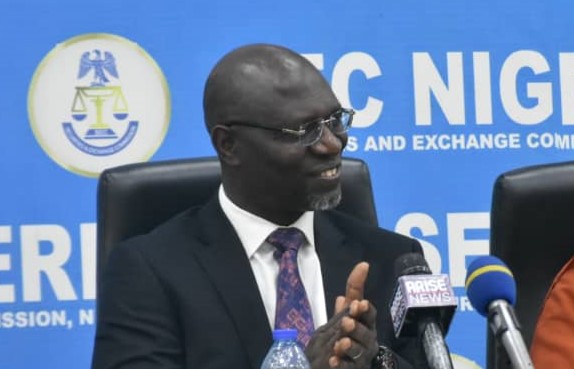The contributory pension scheme (CPS) in Nigeria continues to demonstrate impressive growth, with pension fund assets soaring by N2.13 trillion during the first half of 2024. This substantial increase raises the total pension fund assets from N18.36 trillion at the end of 2023 to N20.48 trillion by June 30, 2024. This performance surpasses the N1.77 trillion increase recorded during the same period in 2023.
In addition to the surge in assets, CPS membership has also expanded significantly. Pension fund administrators (PFAs) welcomed 189,619 new contributors from January to June 2024, a noteworthy rise from the 146,920 onboarded during the first half of 2023. By the end of June 2024, total CPS membership stood at 10,381,019.
These robust figures underscore the effectiveness of the National Pension Commission’s (PenCom) regulatory and supervisory framework, which continues to enhance the performance and reliability of Nigeria’s pension industry.
The significant growth in both assets and membership reflects a strengthening of the financial security for workers, ensuring a more secure accumulation of funds for retirement and terminal benefits.
Advertisement
As the CPS evolves and expands, it not only provides greater financial stability for contributors but also highlights the successful implementation of PenCom’s strategies in driving the pension sector forward.
UNDERSTANDING HOW PENSION FUND GROWS
A key feature of the CPS is the periodic growth in the pension contributions of retirement savings account (RSAs) holders. This means that workers who participate in the CPS are assured of their pension contributions at retirement as well as returns accrued over time from the investment of their contributions.
Advertisement
The CPS, which was introduced in June 2004 as an offshoot of the Pension Reform of 2004, is an arrangement where both the employer and the employee contribute a portion of an employee’s monthly salary towards the payment of pension at retirement.
The PRA 2014 provides a minimum rate of contribution of 18 percent of the employee’s monthly emoluments, comprising 10 percent by the employer and 8 percent is contributed by the employee.
However, the contributions accumulated in the RSAs of CPS participants grow over the years as the funds are invested by PFAs in safe financial instruments for fair returns.
Section 85 (1) of the PRA 2014 states that “All Contributions made under this Act shall be invested by the Pension Fund Administrator with the objectives of safety and maintenance of fair-returns on the amount invested”. Also, section 85 (2) states that “Pension funds and assets shall only be invested in accordance with regulations and guidelines issued by the Commission, from time to time”.
Advertisement
The regulation on investment of pension fund assets provides that pension funds and assets shall be invested in bonds, bills and other securities issued by the federal government through the Central Bank of Nigeria, as well as state and local governments; bonds, debentures, redeemable shares and other debt instruments issued by corporate entities and listed on a stock exchange under the Investment and Securities Act; ordinary shares of public limited companies listed on a stock exchange under the Investment and Securities Act; bank deposits and securities; real estate development investments; specialist investment funds and such other financial instruments as approved by PenCom from time to time.
The returns on these investments are seamlessly apportioned into the RSAs of employees. Consequently, PFAs are required to clearly state in the RSA statements given to employees the breakdown of principal contributions and returns on pension assets.
To ensure greater transparency, PenCom also requires PFAs to make public the unit prices of their pension investments on a daily basis and also disclose the three-year rolling average rates of returns on their pension fund investments.
Meanwhile, a key benefit of the CPS is that the interests generated from principal contributions are compounded over the years, leading to increased net pension savings for the contributor’s financial security during retirements.
Advertisement
Since pension contributions are long-term savings, compound interest builds returns on pension fund investments, which often outpaces the actual contributions.
For instance, there are many RSA holders whose investment returns are higher than their actual contributions since they joined the CPS largely due to the significant returns from prudent investments.
Advertisement
It is, therefore, incumbent upon employees to ensure timely remittance by employers in order to earn fair returns on their pension savings. This explains why the PRA 2014 provides that employers are obliged by law to deduct and remit pension contributions into their employees’ RSAs not later than seven working days from the date salaries are paid.
PenCom requires employers who delay remitting pension contributions to pay the delayed contribution plus penalties. This is to ensure that the employees are not denied the returns that their contributions would have generated if the remittance was timely.
Advertisement
PenCom remains committed to the effective and efficient regulation and supervision of the pension industry to ensure that pension and retirement benefits are paid as and when due.
Based on information by the National Pension Commission (PenCom).
Advertisement
Add a comment









